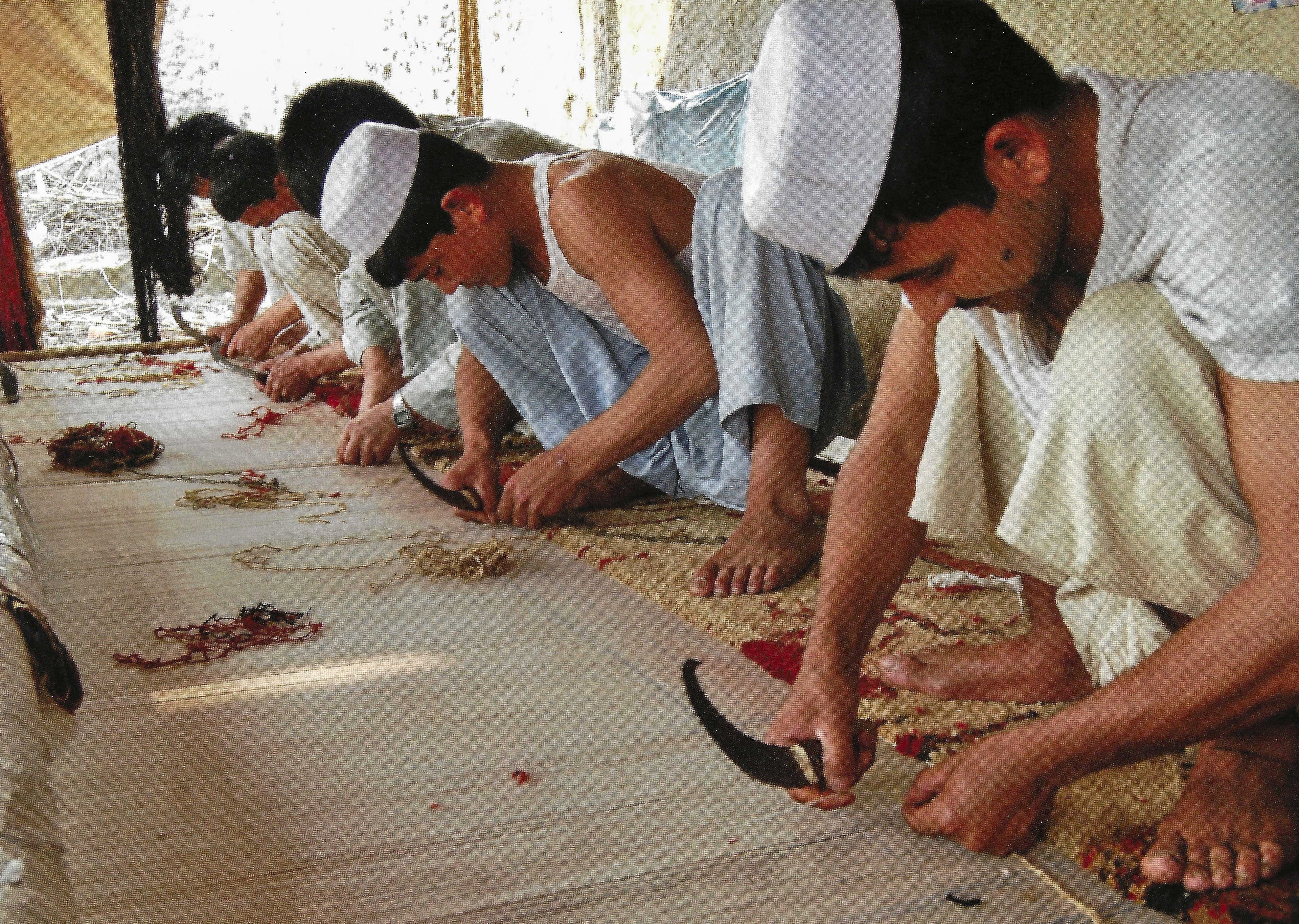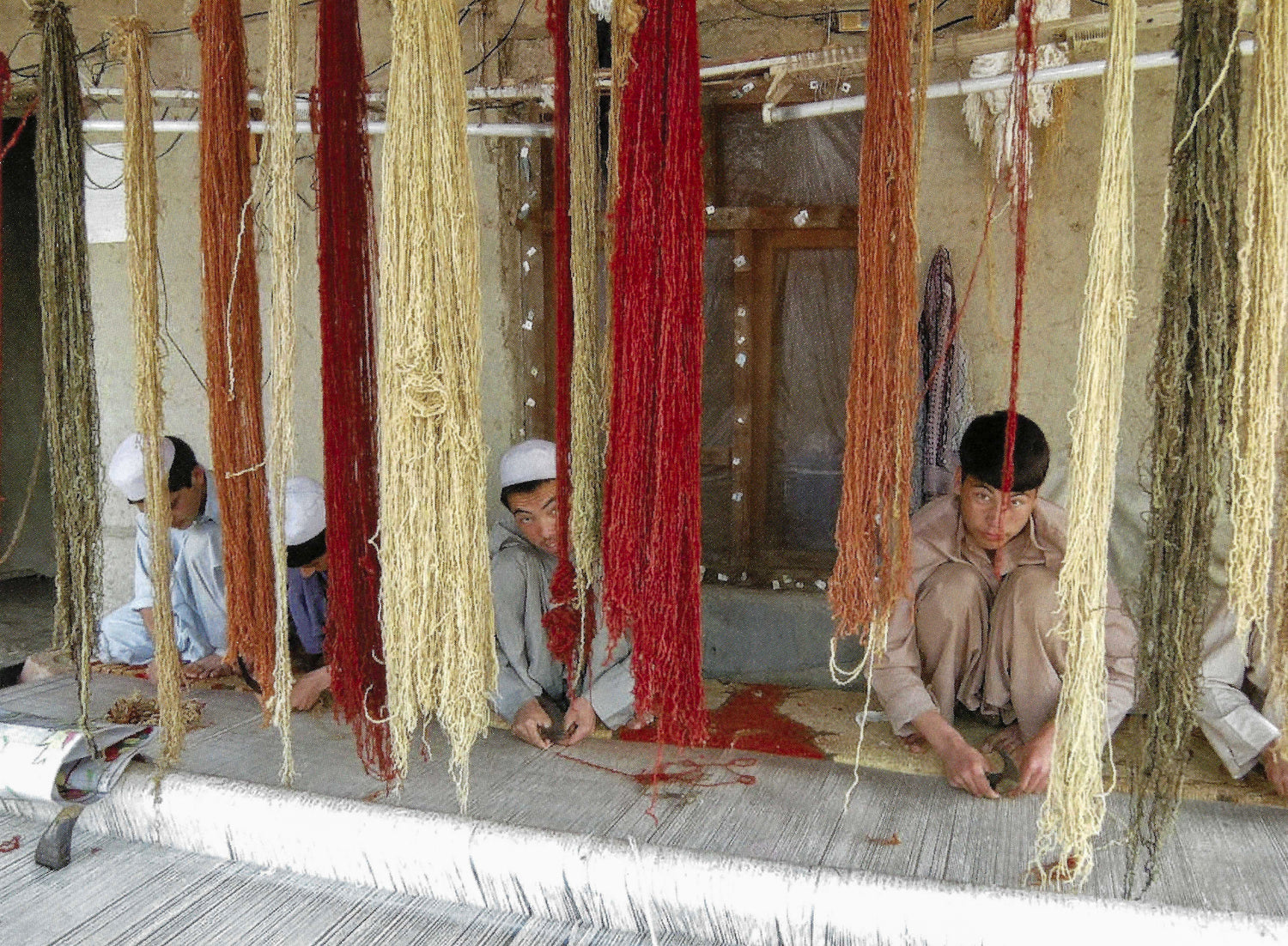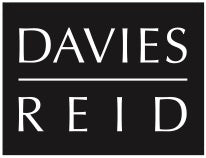
The Process

The Anatomy of a Good Rug
Terry Reid and Sharon Davies have traveled so extensively, to such remote dangerous corners of the globe, some have wondered if they were secret agents. On these trips, the couple has had some close calls, but also stumbled upon vital sources for their business importing fine central Asian art, antiques and rugs. The Turkman Weaving Project was born on one of these trips in the early '90s. Over twenty years since its humble start, the project has evolved into a thriving cross-cultural exchange bridging the vast gap between Idaho and the mountains of central Asia.

Traveling through the refugee cities of western Pakistan in the early '90s, Reid encountered scores of Turkman Afghans who had fled the soviet war in their own country. Displaced and unemployed, the refugees possessed and untapped wealth of tribal art skills. In their poverty, the weavers struggled to produce even cheap rugs from low-grade synthetic materials. Without organization, the secrets of their ancient craft appeared doomed to die with tribal elders.
The Anatomy of a Good Rug
Reid, sensing an opportunity both for the refugees and his own business, stepped in. He set up shop in the comer of a dusty rickshaw parking lot encouraging the destitute workers to create tribal rugs he could sell in America. Within a decade, this vision has evolved into a very real means of income and education for upwards of 100 Afghans and their families in the refugee camp of Khorossan, just outside the teeming city of Peshawar.
By their own proud admission, Reid and Davies have always been hippies. When they first met in the mid-1970s, these Boise natives weren't kids just refusing to let go of the fads of the '60s; they were true sell-everything-but-the-clothes-on-your-back-and-travel-across-the-world-hippies.
Whether or not they deserve to retain that label today depends on how you reconcile the stereotype with the accomplishments of their life since embarking on their astounding and exotic journey.
When the Turkman Weaving Project began, it was not exactly an idle gold mine waiting to be found upon by the importer. Through intense collaboration with workers and Mohammed Kamil their on-it mana rand friend in Pakistan, Davies and Reid built a bustling trade channel from scratch. Industrial carpet making with its synthetic dyes and flimsy fibers, had leached the culture of proficiency and weaving skills, so Reid began by revitalizing the very basic raw materials: dyes and wools.
